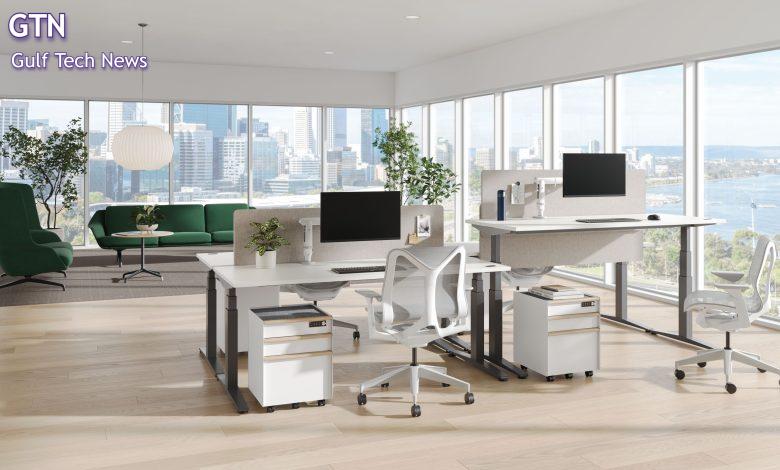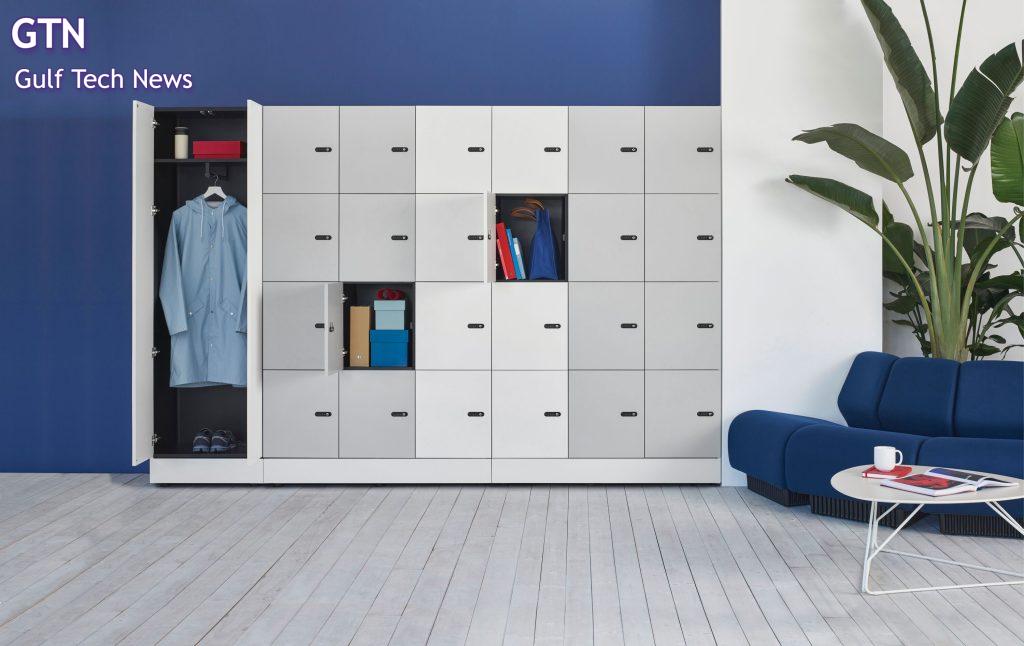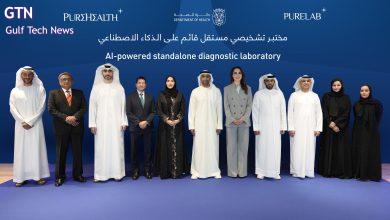Why storage solutions are a must-have for the modern workspace

The digital era brought with it the promise of a paperless office, but the reality is more paper than ever. At the same time, offices are getting smaller.
The combination is a recipe for clutter, and for chaos. As a result, the saying “A place for everything, and everything in its place” feels more relevant than ever.
That’s why storage solutions are no longer just a nice-to-have; they’re now a must for any organisation that wants to optimise not only its workspace, but also its performance.
The paper paradox
Each year, the worldwide use of paper amounts to 400 million tons – and that amount is forecast to increase to 476 million tons by 2032. In 2022, China took the lead when it came to paper use, consuming 130.3 million tons.
The US came second, with its office workers consuming an average of 10,000 sheets of copy paper every year, which amounts to a national output of 700 trillion sheets of paper.
The figures are staggering. And yet, office space keeps shrinking. According to CBRE’s 2023-2024 Global Workplace & Occupancy Insights report, the average square footage per person dropped by 22% last year, due to hybrid working arrangements.
In addition, as many as 63% of the survey respondents indicated that they expect to reduce their office space by more than 30% between now and 2026.

Personal items, professional chaos
Paper isn’t the only concern organizations face as square footage decreases. Also cluttering office space are personal belongings, from handbags, gym bags and laptop cases, to mobile phones and computer chargers, and much more. Stashed under (or on) a desk, these items create clutter, visually and physically, hindering that person’s ability to move freely at their seat.
The result is not only reduced mobility, but also cognitive clutter. Research shows that visual clutter may reduce the brain’s capacity to work effectively, impacting engagement and motivation.
So, as we add more ‘stuff’ into the mix, the issue remains: how do we solve the dilemma of the growing pile-up, when we’re faced with less and less square footage
Solving the problem
The obvious solution is storage. Not just any old storage cabinet, however: what’s needed is solutions that facilitate a careful balance active work and efficient archiving. Information needs to be easy to find, and it must be well-located within the office, too, so that it’s easy to reach and utilise when it’s needed.

Public and private, big, and small
Storage comes in all different shapes and sizes. A mix of these will meet different needs across focus workspaces, collaborative spaces, meeting areas and more.
Public solutions are intended for shared use. They include larger shelving systems designed for common areas, such as larger collaborative spaces and lounge areas. In these spaces, solutions like Herman Miller’s Layout Workwall, and Port Storage Solution, an alternative to Port Lockers, work well.
These generally incorporate drawers, cabinets, and display shelving, but without locks so that they are easily accessible by all.
When it comes to private storage solutions that support individuals while they work, lockers are one option, and mobile pedestals are another. Lockers work for long-term storage of valuables and personal belongings. They tend to be sturdy, with reinforced doors to prevent theft, and they require larger spaces than pedestals.
Herman Miller’s Port Lockers, LK Lockers and CKL Lockers all offer lockable cabinets at different price points and ranging from more functional to more decorative.
Pedestals, meanwhile, are mobile solutions, often sleek in nature and multifunctional. They take up minimal space and seamlessly integrate into the space around them, without impeding workflow or people movement.
Pedestals are designed for immediate; in-the-moment use beside a desk or underneath it.
Trac is the latest pedestal solution from Herman Miller, offering versatile, high-quality support that’s ideal for SMEs across Asia.
Available in a wide range of colours, with digital, key and dial lock options, Trac is a refreshing alternative to often clunky and heavy cabinetry. With its clean, linear form, Trac comes on casters or gliders, and in drawer file and box file options.
Investing in smart storage solutions like Trac isn’t just about keeping the office tidy; it’s also about creating effective and engaging workspaces.
The optimised office should facilitate productivity by reducing the mental and physical clutter, reduce stress by creating a sense of control and order, plus enhance creativity and improve focus by reducing the visual noise and ensuing chaos.
Conclusion
It’s a tall order. Traditionally, storage has remained in the background, unseen next to the more popular ergonomic chairs and standing desks. But with the right smart, flexible solutions on hand to do the heavy lifting, employees can focus on what matters – their work.




